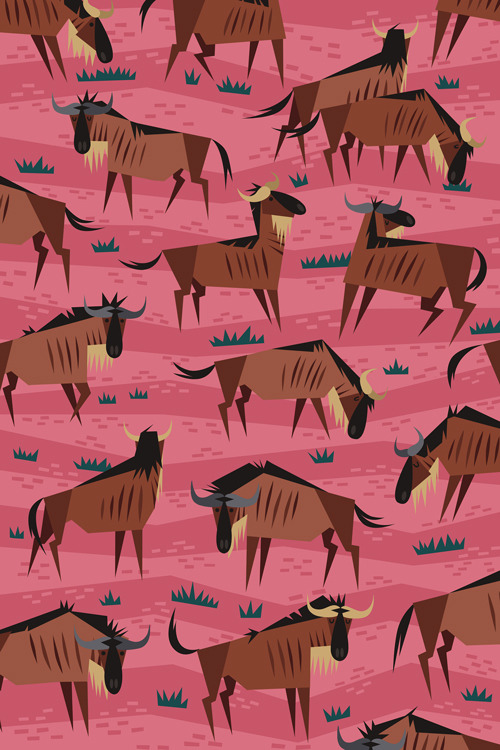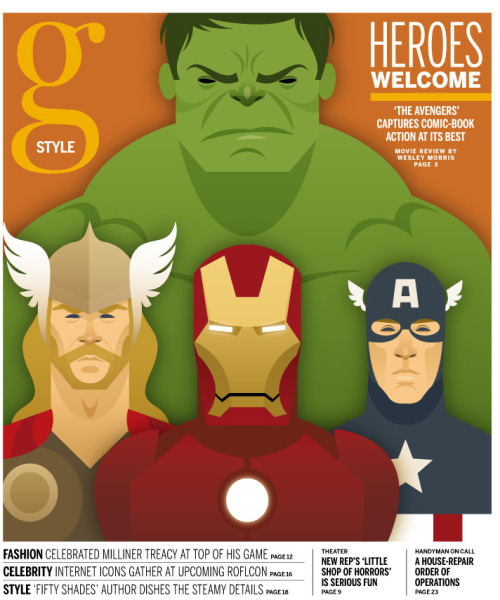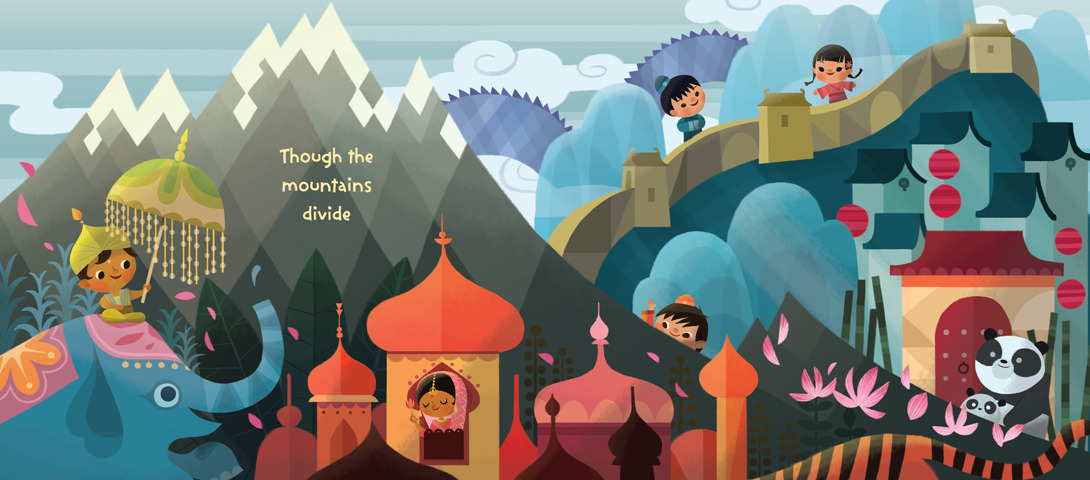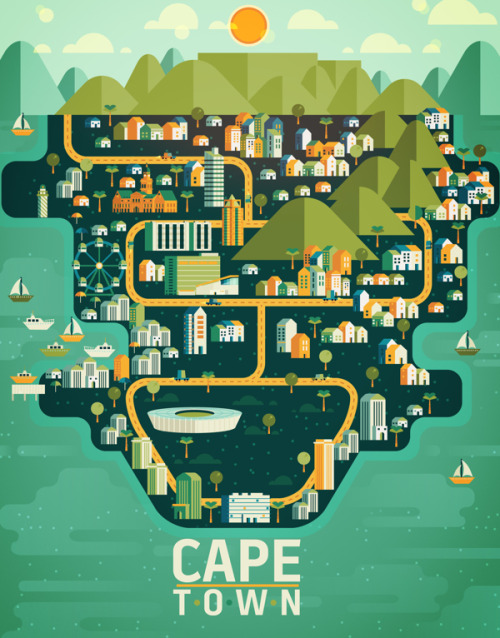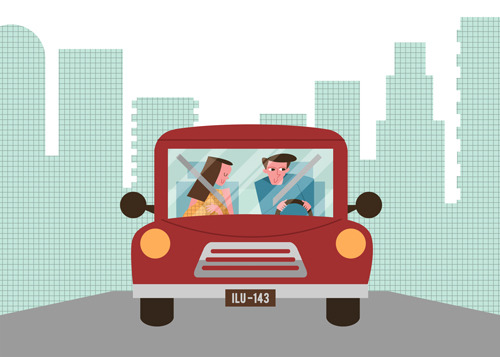As one of my interests is in illustrating children’s literature, I found this brief especially enjoyable. I enjoyed coming up with my own story and illustrating it as it feels more rewarding to me. I feel that what has been most successful in this module was the conceptual research at the beginning which has helped to form the concept of my book. Looking at and focusing into the theme of paranoia and schizophrenia not only helped to create, what I think is an engaging story for my book, but it has also opened my eyes more to what I could do because it isn’t something I would usually go for. Most of my research was collected through existing sources as I felt that it was the most time efficient way to get the information I needed, though maybe I could have done with one or two first hand researches as something different and possibly better could have come from it.
From undertaking this module, I have gained new skills and understanding in book binding and InDesign, which I now feel more confident in using. Through this brief I have also identified that my main weakness lies in the practical research and experimentation side of things. So as a result, there is a lack of investigation and idea generation through drawing and testing of other medias in my body of work. Going with initial designs when I should really develop them more is something that I really want to break the habit of and improve on as I feel that my work could be a lot better if I had really explored and experimented with it a little more.
Throughout this brief I have referred to different storytellers to help with the development of my story. I wanted my book to be aesthetically pleasing with an engaging story that was short but relatable to people. I really liked how Emily Hughes tells her story in her book ‘Wild’. Her use of simple short sentences supported by pictures make her story clearer, to the point and it doesn’t put people off from reading or turning the page, which was something I wanted to achieve. The detailed and loose lines and delicacy of her drawing is an irresistible feast for the eyes, something I also really admire which I tried to emulate digitally by making my lines a little thinner and working with confident movements of my hand.
In this module, I used Photoshop again to create my images. For me, I feel that this is the most time efficient way to make my drawings and this was important as I had over 20 pages to produce within a tight schedule. I also feel more confident with it as I can easily and quickly change elements of my work if I don’t feel happy with it. I started my image making process with a pencil drawing that I scanned in and used as a guide for my more refined work and used brushes from Domareen Fox for the textures.
I believe that I have managed my time effectively throughout this module and I feel that blogging my progress as I go is one of the reasons why I feel more organised; it helped me to reflect on things that happened within that moment which helped to identify what I needed to do next. I am overall pleased with the outcome of my book, but if I were to do this again I think I would give myself some time to develop and experiment more with the composition of my images and with other medias.








